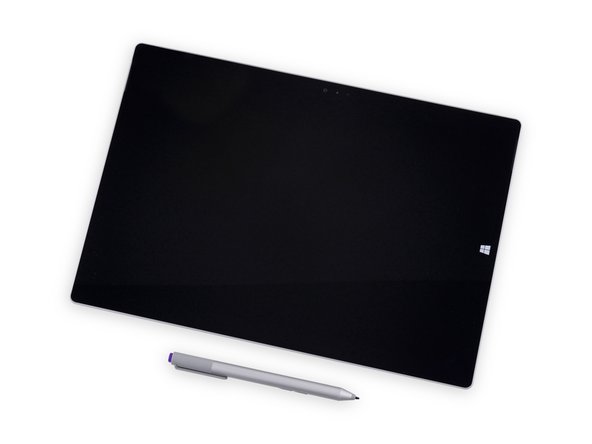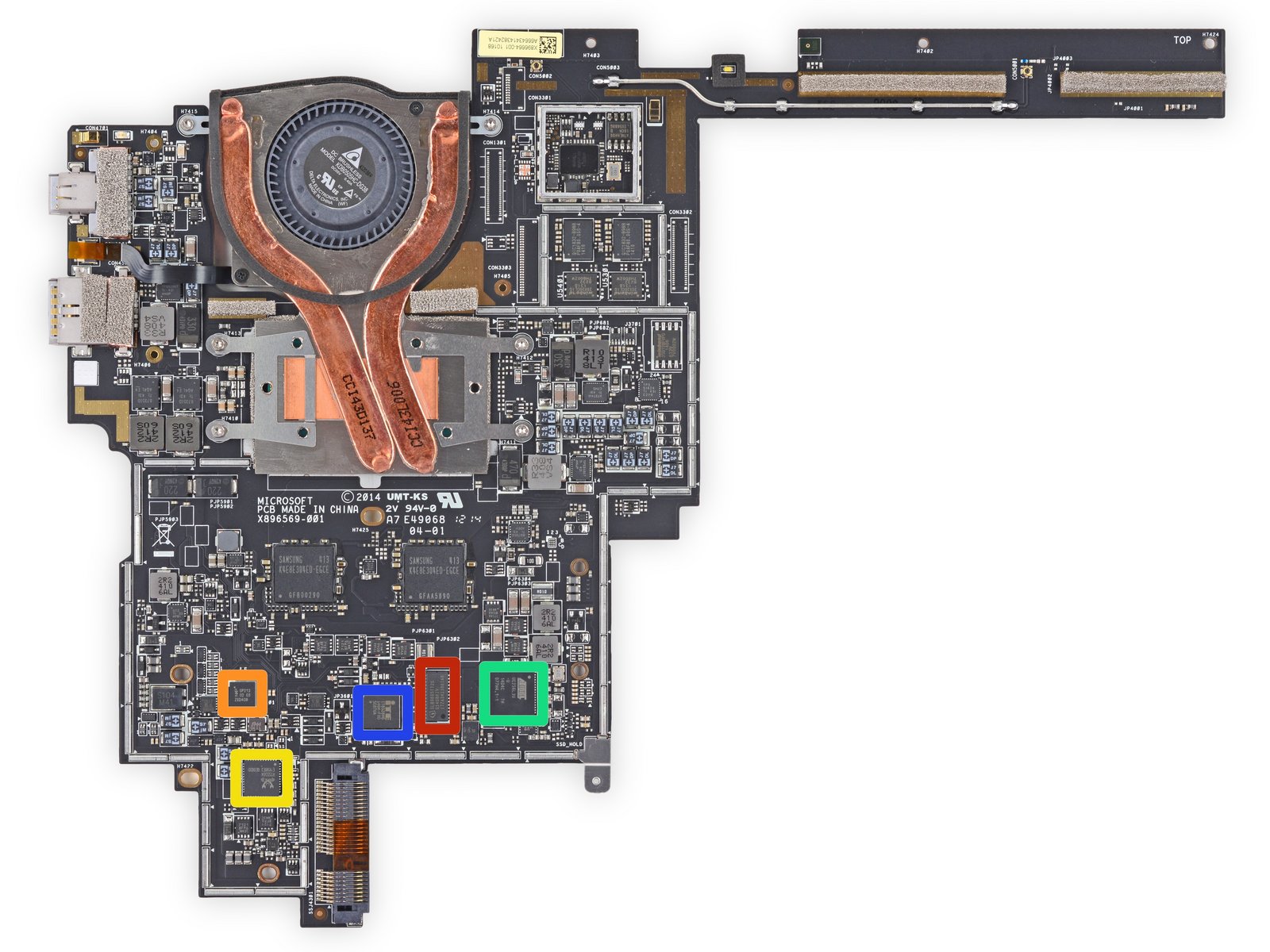A few months back, SMS Audio (created by hip-hop artist 50 Cent) teamed with Intel to launch its Biosport Headphone System. In celebration of the product’s launch, the companies partnered with Sid Lee New York to put together an art installation that merged both technology and physiology. The result? A drawing machine that could be controlled by each viewer’s heart rate.
Inspired by the robotic designs of both HEKTOR and the ATmega328 based PLOTCLOCK, The Heart Bot uses a small sensor to measure an individual’s heart rate and then translate it into a physical design. Aramique, the Interactive Director at Tool, says the idea behind the project was to create a collaborative piece of art that unfolded throughout the night by inviting all guests to spend thirty seconds with their finger touching a heart rate sensor, while the robotic machine would draw on the wall in real-time.
“Heart Bot consists of a pulse sensor embedded into a small pedestal, a wall with two stepper motors mounted 12 feet high and 10 feet apart, and a long belt stretched between them. Attached to the belt in the middle is a rectangular frame fitted with two pen-wielding robotic arms that can draw through the window in the middle of the frame,” Aramique detailed.
In order to interact with the experimental drawing machine, the user simply needs to place his or her finger onto the pulse sensor, then press a button on the pedestal for about thirty seconds. The heart rate readings are then sent to a small piece of software, which relays a combination of choreographed actions and pulse information to the motors and the robotic arms. This then commences drawings in real-time.
Essentially, the Heart Bot collected heart rate data from a group of people at a fixed time and fixed location to create a piece of generative art. Since all the participants’ “drawings” were created on the same surface, the resulting piece showed how each person experienced the moment and had a unique physiological response to the environment.
“The challenge with the design was keeping it generative, controlled by the heart rate and creating some kind of order so it wouldn’t become a mess of EKG lines. We decided on a radial design inspired by the hands on a clock and started each person’s contribution from the center of the circle working its way out. Each of the 60 people add their hear rate drawing to what corresponds with a second or minute on a clock dial,” Aramique revealed.
The Biosport headphones also use a biometric sensor that tracks the vital signs of the wearer while they are working out. At the launch event, about 60 people used the Heart Bot to track their physical data. After the event ended, the final drawing was donated to the Feeding America charity.














